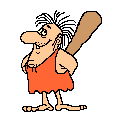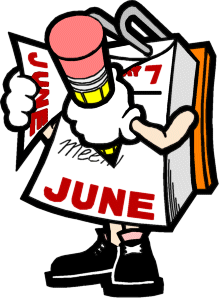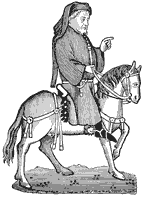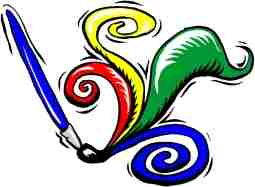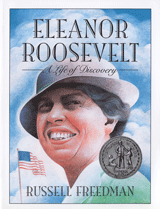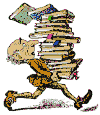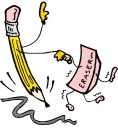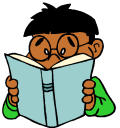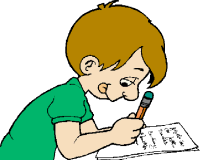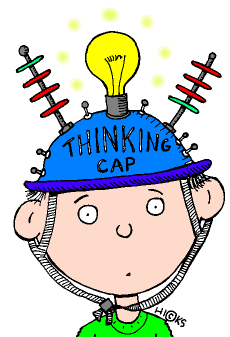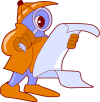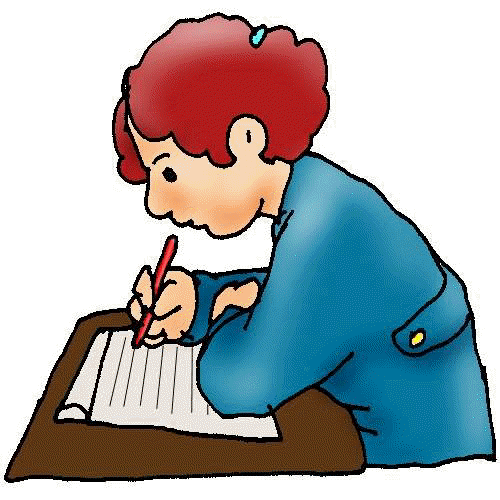New York State
English Language Arts Assessments
Table of Contents
Home
Alternative Energy Persuasive Essay
Ancient Civilizations Thematic Essay Unit
Catherine Called Birdy by Karen Cushman
"Charles" by Shirley Jackson Short Story
History of the English Language
NYS English Language Arts Exams Review
SHEroes Memorable Women in History
Table of Contents
[2007 NYS ELA Info] [Book 1: Reading & Multiple Choice] [Book 2: Listening & Writing] [Book 3: Reading & Writing] [Multiple Choice] [Listening & Note-taking] [Short Answer Response: SAR] [Extended Response] [Test Taking Tips] [Parent Resources] [Student Activities] [Teacher Resources]
Overview
The New York State English Language Arts test is given in January to all students in grades 3-8. The test is used to assess student development in reading, writing, and listening. The test is taken over a three day period. It is a tool used to measure students' English Language Arts skills. Every student in grade 6 must take this test; It is required by the New York State Education Department. The good news is that the best way to prepare for a test of this type is to read, read, and read some more. There is a list of online reading materials for you at the bottom of this web page.
2007 NYS English Language Arts Test Information
In the event that you misplaced your parent letter (click here), I have provided another copy for you to print off. The NYS Education Department has provided sample tests that you are welcome to review and use as a study guide with your child. The dates and times of the test are provided below:
Date
Time
Task
Tuesday, January 16
Periods 1-2 (55 min.)
Book 1: Reading & Multiple Choice
Wednesday, January 17
Periods 7-8 (45 min.)
Book 2: Listening and Writing
Thursday, January 18
Periods 1-2 (60 min.)
Book 3: Reading and Writing
The dates of the review classes are listed below:
Thursday, January 4
Tuesday, January 9
Thursday, January 11
Supplies your child will need:
2-3 #2 pencils
highlighters
Tips that research proves is highly beneficial to academic success:
Eat a high protein breakfast
Get plenty of rest
Book 1: Reading and Multiple choice (55')
In book one, you will read different types of text passages: fiction, non-fiction, and poetry. In this part of the test, you can read the questions before reading the passages. It is a good idea to do that. After reading each passage, you will go back and answer the multiple choice questions. Apply your SQ4R and QARs skills and you will be successful.
Book 2: Listening & Writing (45')
In book two, you will listen to a passage. The teacher will read the passage two times. You will not be able to read the questions ahead of time. However, you can take notes to help you respond to the questions. You will write 3 short answer responses (one is usually a graphic organizer) and 1 extended response. Usually, the details in the short answer response are very helpful in writing the extended response. You will be successful if you select specific details from the listening passage to answer the questions.
Book 3: Reading and Writing (60')
In book three, you will read two passages. You will be able to read all the questions before reading, which will help you to pick out the key ideas. After, you will answer 3 short answer responses (one is usually a graphic organizer) and an extended response. Usually, the details in the short answer response are very helpful in writing the extended response. You will be successful if you select specific details from the listening passage to answer the questions.
Multiple Choice (SQ4R)
Survey: Survey the text before reading
Questions: Read your questions before reading & use your QARs skills. Identify what type of question you are answering: Right There, Here and There, Author & You, or HOT-On Your Own
Read: Read the text and underline key words or ideas you remember from the questions
Reread: Reread the questions and see if you can answer any of the questions before reading the choices. If you answer is one of the choices, select it.
Reread: Reread the text, if you are not 100% sure of your answer. Skim the text for key words in the question to find and confirm your answer.
Respond: Answer the question using details or clues from the text.
Identify the genre: folktale, biography, fiction, etc.
Decide on an organization pattern that best fits the passage: chronological order, compare and contrast, sequence of events, cause and effect, plot summary, etc.
You can listen to the passage the first time without taking notes. The second time it is read you can take notes. You have the option of taking notes during both readings if you choose. You must take notes during during the last reading.
Use your favorite note-taking method: hotdog, hamburg, webbing, plot diagram.
Note-taking strategies: Hotdog, Character Organizer, Plot Diagram
Short Answer Responses (1-2 paragraphs)
Identify ALL the tasks in the question and circle them.
ECHO the question.
Use specific details (at least 2-3) in your short answer.
Reread the question to be sure you responded to all the tasks in the question. If you need to insert information, you can use a * and add it to your answer.
Reread and edit your answer. You must write in complete sentences.
Extended Answer Responses (4 paragraphs)
Identify ALL the tasks in the question and circle them.
Determine how you are going to organize your paragraphs: (compare & contrast, cause & effect, chronological, benefits & disadvantages, etc.)
Create a graphic organizer that best helps you to answer the question.
Select details from the passage(s) that support the main idea of each body paragraph. NOTE: Book 3 requires that you use details from 2 PASSAGES. Often details from the short answer responses are useful in supporting your ideas in the extended response.
ECHO the question and make a statement that responds to the question.
Write your response. Use specific details (at least 2 from each passage).
Reread the question to be sure you responded to all the tasks in the question.
Reread and edit your answer. If you need to insert information, you can use a * and add it to your answer. You must write in complete sentences.
Watch your time and pace yourself.
Read the directions carefully and circle all the tasks.
Read or listen to passages carefully
Unless you are 100% sure a multiple-choice answer is wrong, do NOT change it.
Use specific details to support your writing.
When you are done, go back and make sure you answered all the questions.
VERY IMPORTANT: Go to bed early, so your brain doesn't shut down.
Eat a high-protein breakfast.
Relax. You know everything you need to be successful.
If you feel yourself experiencing test anxiety, take a deep breath and remind yourself to relax because you have done this before.
All ELA Skills
BBC ELA Skills Games (spelling, reading, writing, listening, and vocabulary)
English Zone (Some free sample / some require passwords)
English Exercises Online (interactive: vocabulary, grammar, spelling, reading)
Interactive ELA Games (listening, reading, word study)
Literary Terms Games (matching, flashcards, concentration)
QUIA Shared Activities (select a category & sub-category & get a list of games)
School Island (class subscription)
Test Practice Interactive Games (Internet4Classrooms--ELA & Math)
Test Prep Center (Oswego Schools)
TV411 (reading, writing, vocabulary, math)
Listening
Audio Stories (non-fiction)
Listening Lab (Listen & Quiz)
Reading Between the Lions (PBS Kids)
Swan, Pike, and Crab by Krylov (listen to the audio and practice taking notes)
Fortune & Beggar by Krylov (listen to the audio and practice taking notes)
Multiple Choice
Brain Child (timed reading passages)
Context Clues with m/c (Sadlier-Oxford)
"Study Zone" (University of Victoria Canada)
On-line Reading Lab (Timed reading passages / Advanced Readers)
RHLSchool English Reading Passages (learning vocabulary using context clues)
Poetry
Alliteration or Simile (School Discovery Quiz)
Poetry Terms Hangman (QUIA: Hangman w/ poetry terms)
Poetry Elements Matching Game (QUIA: Matching Game)
Writing: Grammar, Conventions
Grammar: Comma Splices (Villanova University)
Guide To Grammar and Writing (Look any usage rule)
Student Activities Center (Sadlier-Oxford: word study)
Rags to Riches Game (sentence structure: subject/predicate practice)
Vocabulary Practice (word study)
Go City Kids (New York City Guide for Parents)
Sample Tests developed my the NYS Department of Education
EPSBooks.com (Free Teaching Resources)
Figurative Language (Mrs. Donn's)
Jefferson Lab Reading Comprehension Passages in Science (Cloze)
Lewis & Clark University: Leveled Passages w/Online M/C (ESL)
Literature.org (online classics)
Longman.com (Practice Reading Tests)
Many Things for ESL Students (Target ELA Skills: interactive )
Mrs. Donn's ELA Resources (awesome interactive index)
NYS Education Department (3-8 Grade ELA & Math Testing Home Page)
Last Updated: January 02, 2007
If you have any question or concerns, please feel free to contact me:



